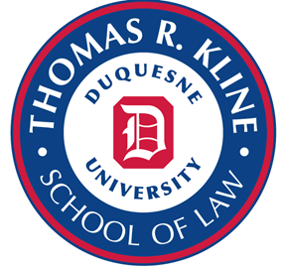Prohibition's Anachronistic Exclusionary Rule
Document Type
Article
Abstract
For over a century, federal courts have, with several exceptions, refused to admit evidence seized in a manner inconsistent with the Fourth Amendment’s prohibition on unreasonable searches and seizures. An incomplete history of the exclusionary rule is familiar to any lawyer or law student who has taken constitutional criminal procedure.1 This often leaves an impression that the rule is an overbroad federal doctrine the Court stumbled into late in the nineteenth century to prevent the investigation of business crimes in Boyd v. United States.2 The rule was refined to its modern form in the early twentieth century in Weeks v. United States.3 Then, Mapp v. Ohio imposed it on the states as the only way to deter police misconduct in 1961.4 This traditionally-offered account fails to consider state court opinions and does not look at patterns of criminal enforcement to understand why courts began to reject reliable evidence of crimes in order to give courts a mechanism to regulate police.5
Repository Citation
Oliver, W. M. (2018). Prohibition's Anachronistic Exclusionary Rule. DePaul Law Review, 67 (3). Retrieved from https://dsc.duq.edu/law-faculty-scholarship/50

